Description of McKennaii Psilocybin Cubensis
McKennaii Psilocybin Cubensis are named after the famous psychonaut and researcher Terrence McKennaii. The exact origin form this strain is unknown. The Mckennaii grows wild hand-shaped mycelium knots, with lots of medium sizes mushrooms. Caps are brown and can grow small or wide. The Mckennaii is a highly potent mushroom when grown in the right conditions.
McKennaii Psilocybin Cubensis mushrooms are fungi that contain the psychoactive compound psilocybin,
A naturally occurring psychedelic compound capable of producing powerful hallucinations and mystical-type experiences, along with other effects.
Psilocybin is more commonly known as “magic mushrooms” or “shrooms.”
More than 180 species of mushrooms contain psilocybin or its derivative psilocin,
and the fungi have a long history of use in Mesoamerican spiritual and religious rituals.
They’re also one of the most popular and commonly used psychedelics in the U.S. and Europe.
Psilocybin mushrooms are more than just a drug and sacrament, however.
They’ve been used in therapeutic systems to treat a variety of ailment and disorders including;
cluster headaches, obsessive-compulsive disorders, anxiety, depression, post-traumatic stress disorder, and addiction,
and a recent resurgence in research into psilocybin therapeutic effects is showing promising results.
While psilocybin mushrooms have been decriminalized in three North American cities (see “Legality” for details),
they are still illegal at the federal level and are categorize as a Schedule I control substance in the U.S. Recently,
however, the Food and Drug Administration (FDA) and the Drug Enforcement Agency (DEA) have allowed a number of small, highly controlled human studies on their potential for use in medical and psychiatric settings. The FDA also designated psilocybin as a “breakthrough therapy” for depression, which could accelerate the process of psilocybin drug development and review.
McKennaii Psilocybin Cubensis
Many factors contribute to the psilocybin experience, including dose, mindset, setting, and your body’s personal chemistry.
With that in mind, each individual journey will be unique to the person, time, and place, and there’s no way to predict exactly what will happen.
But understanding the common experiences and effects of psilocybin will help you prepare for your journey.
McKennaii Psilocybin Cubensis mushrooms are generally eat in their whole, dry form and most people agree they don’t taste great.
To mask the flavor, some people brew the mushrooms into a tea, put them in Nutella or peanut butter, blend them a juice or smoothie,
Or grind them up and put them into capsules.
Each of these ways will have a slightly different effect. Drinking a mushroom tea,
for example, will bring on the effects faster than eating them; swallowing capsules will make the effects come on a little later.
A typical trip on a moderate dose of McKennaii Psilocybin Cubensiss mushrooms (1-2.5g) includes an increased intensity of emotional experiences, increased introspection, and altered psychological functioning in the form of “hypnagogic experiences,” which is the transitory state between wakefulness and sleep. In fact, brain imaging studies show that a psilocybin trip is neurological similar to dreaming, which gives you a good idea of the mindset you’re entering when undertaking a psychedelic experience.
During a psilocybin experience, you can expect to experience perceptual changes, synesthesia, emotional shifts, and a distort sense of time.Perceptual changes can include visuals such as halos around lights and objects as well as geometric patterns when your eyes are close. You may also experience vivid colors, tracers, distorted vision, and a sense of the world breathing around you.
Thoughts and emotions can change, too. It’s not uncommon to have a sense of openness to thoughts and feelings that you avoid in your everyday life, as well as a sense of wonder and delight with the world around you, the people in your life, and your own mind. You may also feel a sense of peace and connection with the world.
Strong emotions, both enjoyable and challenging, are common during a journey. When undesirable feelings do arise, it’s best not to resist but rather let the feelings run their course. Many people who have reported the presence of strong negative emotions also report feeling a simultaneous sense of calm acceptance and detachment, especially if they don’t resist and remind themselves that the emotions are temporary. Resisting the emotions can lead to a “bad trip.” (See “Bad trips” for more details.)
Physical side effects vary from person to person, but they can include a change in heart rate (up or down), change in blood pressure (up or down), nausea, increased tendon reflexes, tremors, dilated pupils, restlessness or arousal, and trouble with coordinated movement. Some also report feeling deeply relaxed and calm.

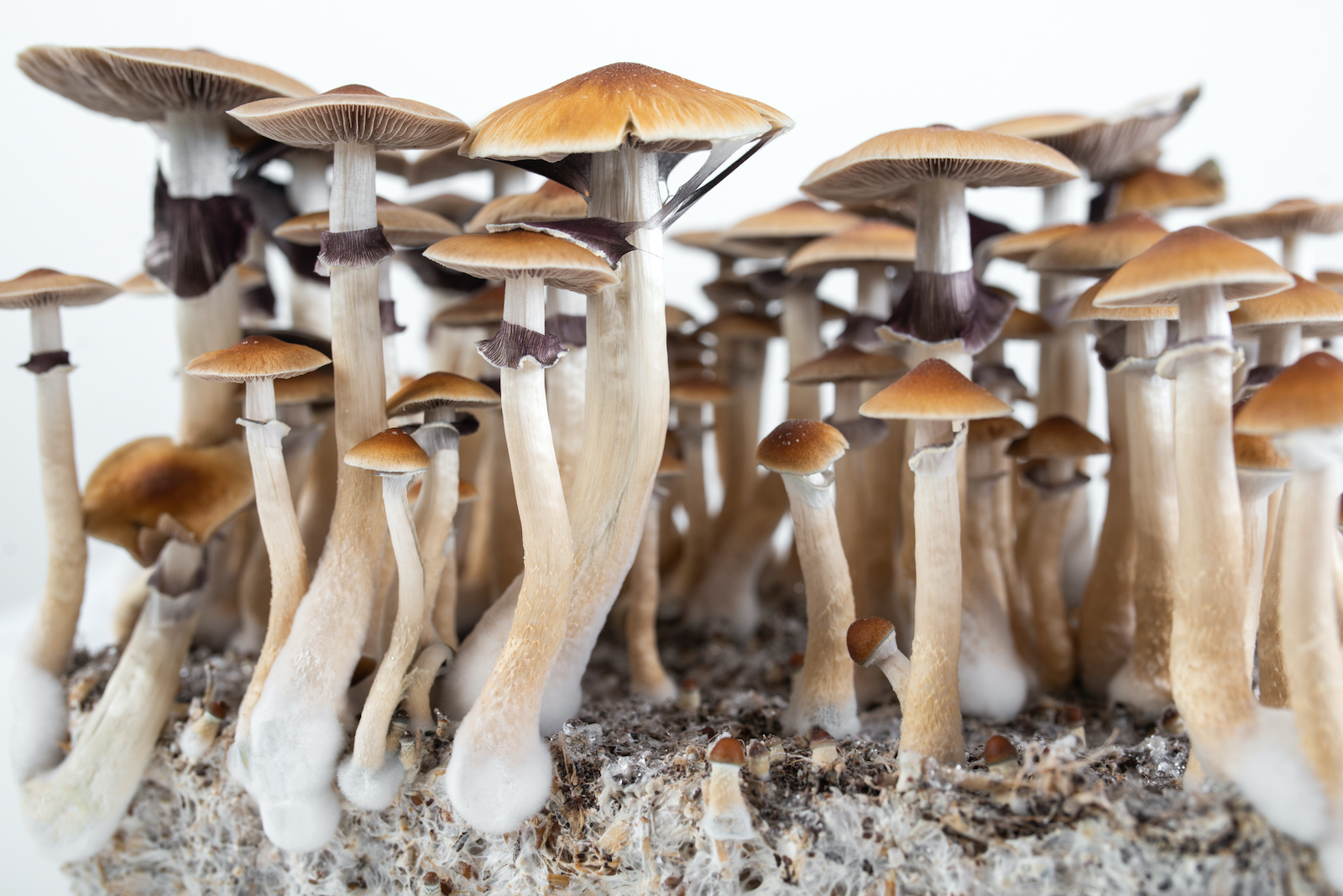
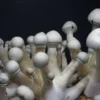
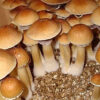

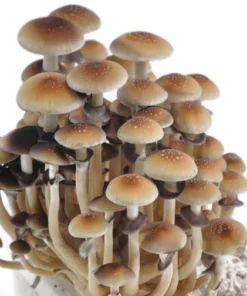
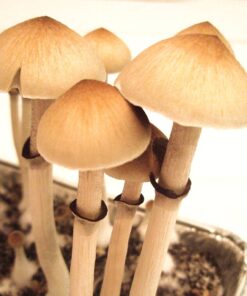
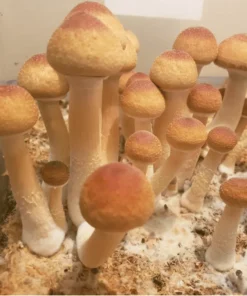
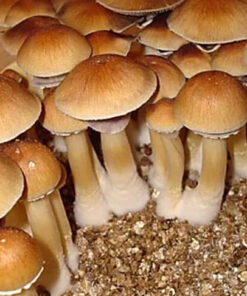
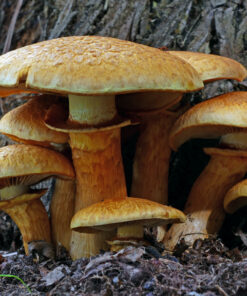
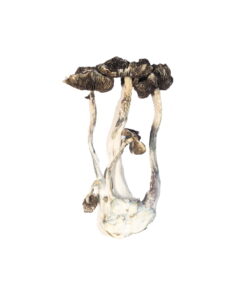

Reviews
There are no reviews yet.